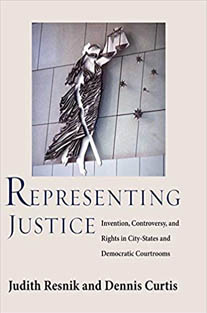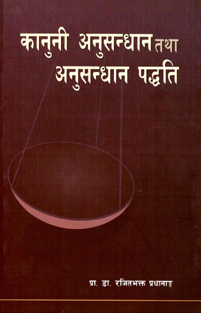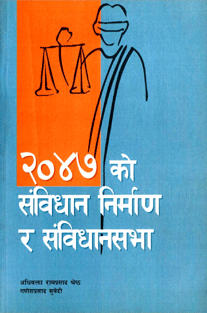Representing Justice: Inventio...
₨ 30,000.00
By mapping the remarkable run of the icon of Justice, a woman with scales and sword, and by tracing the development of public spaces dedicated to justice—courthouses—the authors explore the evolution of adjudication into its modern form as well as the intimate relationship between the courts and democracy. The authors analyze how Renaissance “rites” of judgment turned into democratic “rights,” requiring governments to respect judicial independence, provide open and public hearings, and accord access and dignity to “every person.” With over 220 images, readers can see both the longevity of aspirations for justice and the transformation of courts, as well as understand that, while venerable, courts are also vulnerable institutions that should not be taken for granted.
Description
By mapping the remarkable run of the icon of Justice, a woman with scales and sword, and by tracing the development of public spaces dedicated to justice—courthouses—the authors explore the evolution of adjudication into its modern form as well as the intimate relationship between the courts and democracy. The authors analyze how Renaissance “rites” of judgment turned into democratic “rights,” requiring governments to respect judicial independence, provide open and public hearings, and accord access and dignity to “every person.” With over 220 images, readers can see both the longevity of aspirations for justice and the transformation of courts, as well as understand that, while venerable, courts are also vulnerable institutions that should not be taken for granted.
Additional information
| Authors | Judith Resnik & Dennis Curtis |
|---|---|
| Cover-Types | Hardcover |
| ISBN/ISSN | 9780300110968 |
| Language | English |
| Pages | 668 |
| Publishers | Yale University Press |
| Year of Publication | 2011 A.D |






